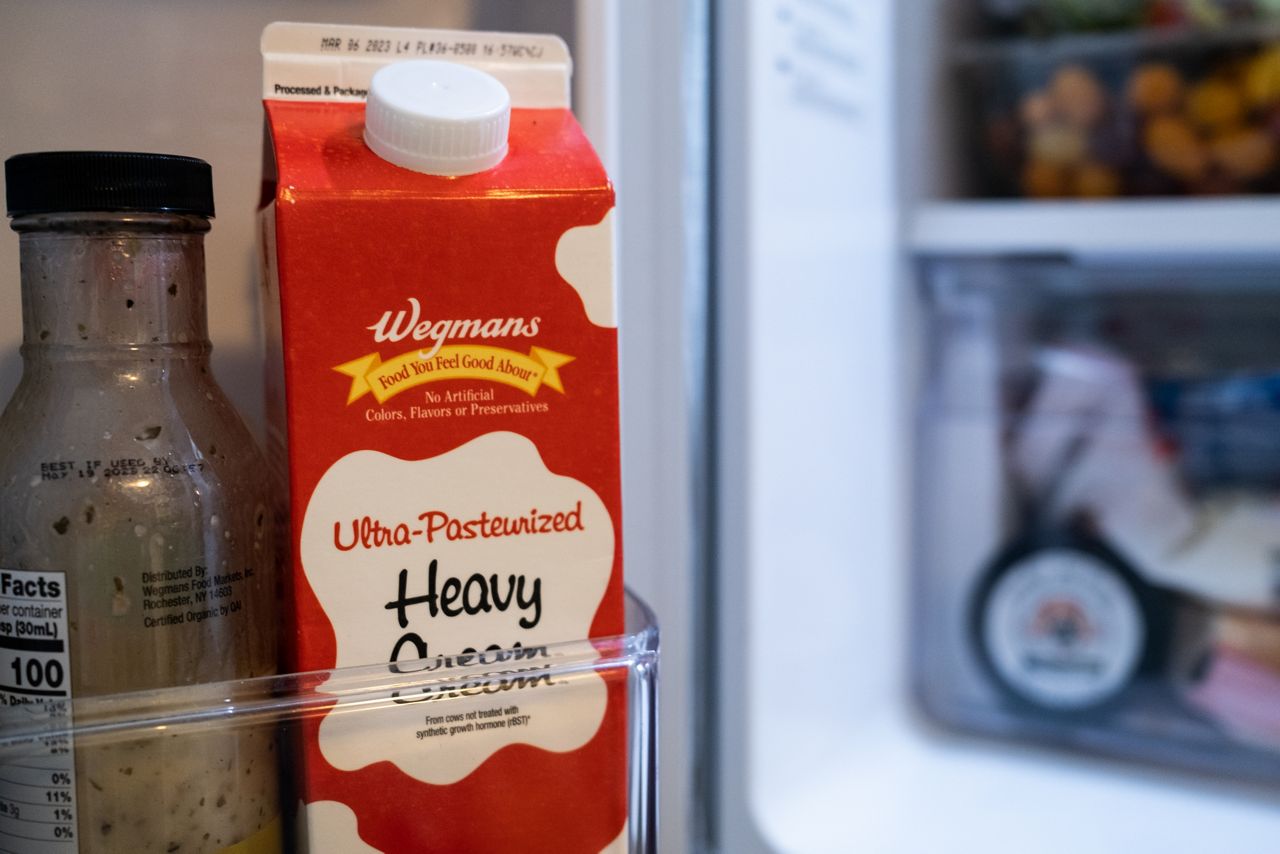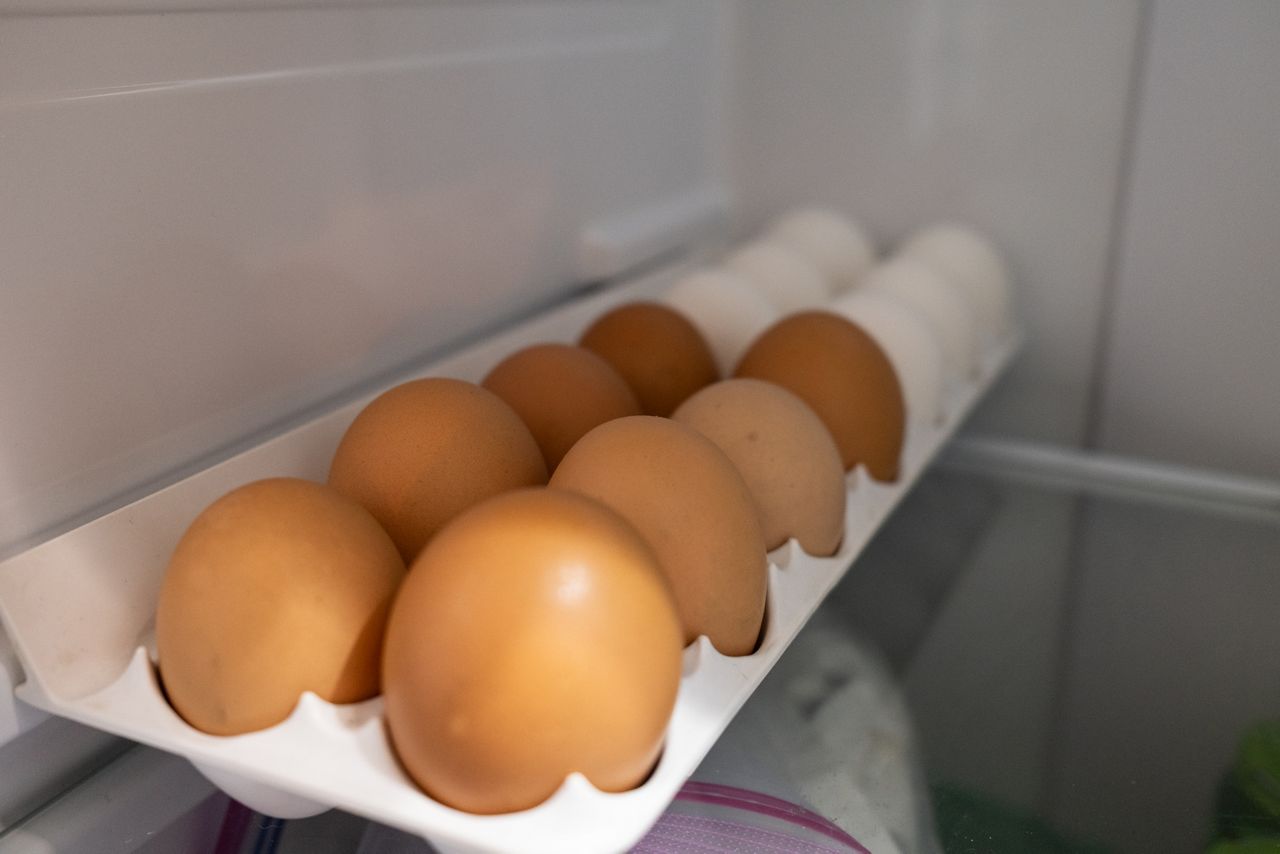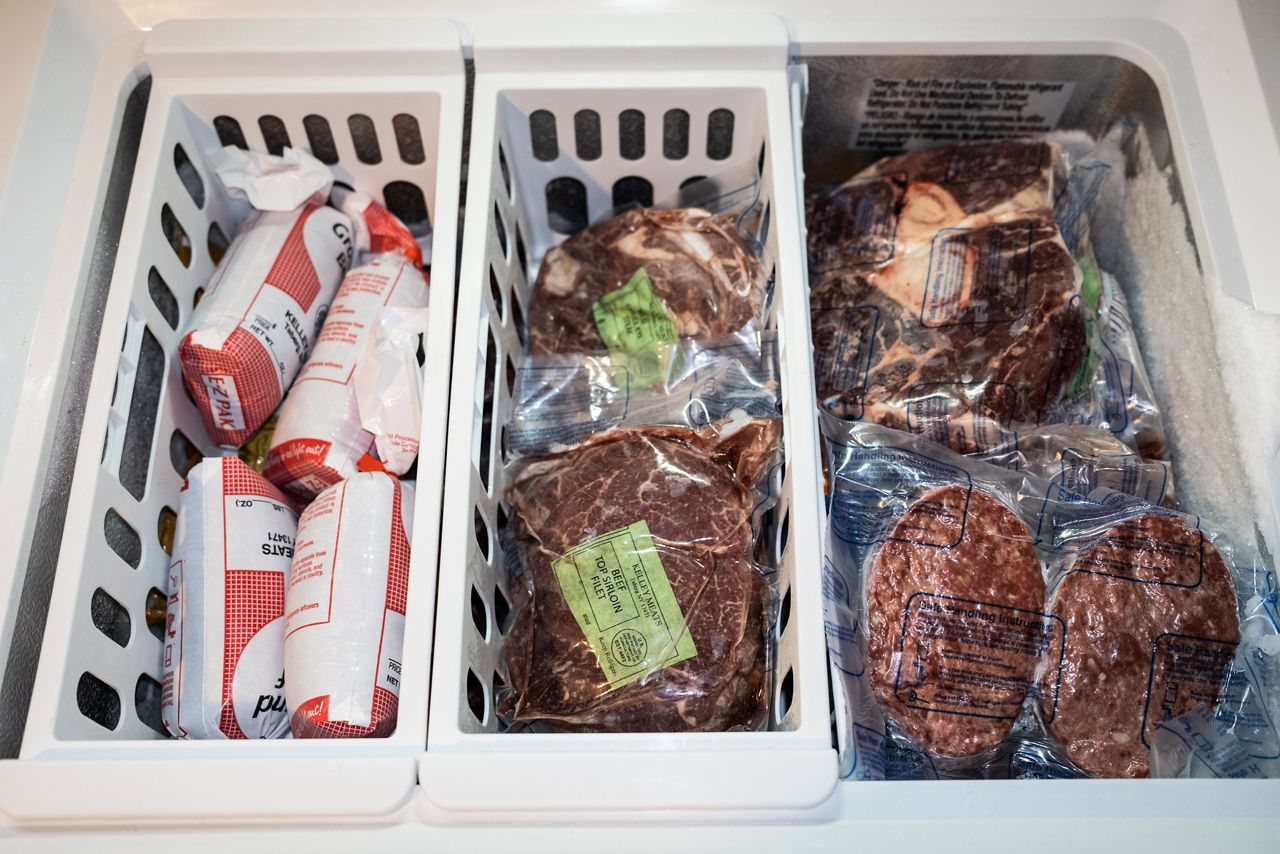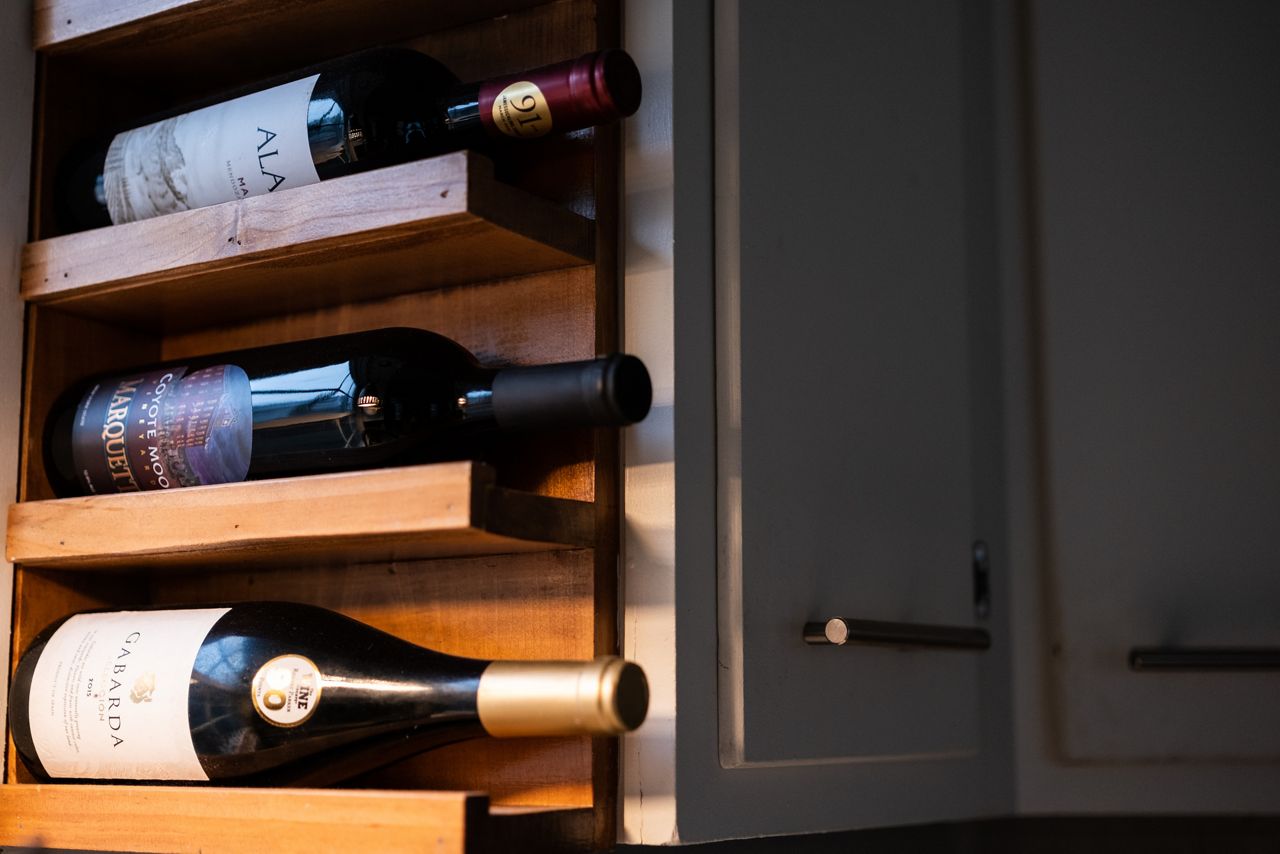With worries about rising food costs, experts say consumers can save money and keep their food longer by understanding date labels as well as maintaining proper storage.
The first thing to understand is the differences between expiration, sell by, best buy and other date labels, Mary Kiernan, a professor of food science at Syracuse University, said.
“The sell by date is for manufacturers and retail. That’s when they have to get it off the shelf,” Kiernan said. “Then you have expiration and best by dates and those all really relate to quality.”
Once a date on a label passes, the quality of the product may not be as good as when it was first purchased, Kiernan said. “Your nose is a really good indicator,” Kiernan said. “If it doesn’t smell good, don’t put it in your mouth.”
Kiernan said there are some obvious visible signs that something has spoiled.
“You look for signs of mold and it comes in different looks,” she said. “Sometimes it’s orange and slimy looking, sometimes it’s fuzzy but we all have these little computers in our hands so if you’re not sure, take a photo of it and it will show up somewhere online.”
Experts weighed in on some household staples and whether they can be used past their date labels and provided some storage tips.
Dairy
Kiernan said dairy products are a good example of foods where consumers can rely on their nose to determine if it is safe to eat.
“Heavy cream and whole milk will go pretty far past their dates especially if you haven’t opened them,” Kiernan said.
Skim milk will go bad more quickly than whole milk or dairy products with more fat, as the fat works as a preserver for the products.

“The higher the fat, the longer they keep, but once you open them, I would say you want to use it within a week as a rule of thumb,” Kiernan said.
Softer cheeses are more susceptible than harder cheese to mold, but it is safe to trim mold off cheese, Kiernan explained.
“The textbook rule is one inch and pay attention to your knife,” Kiernan said. “Clean your knife in between the trim otherwise you’re just moving that mold around the cheese.”
Yogurt is another dairy product that can last past the date label, she said, but the product is not edible if there is mold.
Eggs
Eggs prices have remained high over the past few months because of the avian flu, but Kiernan says eggs last a long time in the refrigerator.
“I don’t remember the last time I threw away an egg,” she said.

Consumers can safely use eggs a month past their best by dates if they have been stored in a refrigerator, Kiernan added.
“Don’t stand in front of the refrigerator with the door open,” Kiernan said. “Get in and get out, the more you can keep it in the safe temperature zones, the better.”
Meat
Storing meat properly is a key part of keeping meat from spoiling, Kiernan said.
“It could be a pinhole in the packaging, but the freezer burn will get to it,” she said.
Making sure the meat is properly packaged and sealed can help it last longer. Kiernan said that meat will have a date label of use by or freeze by that are important to follow closely.

“Whatever that date is, get it frozen, but when you take it out, use it because you’ve already driven it to that safety date,” she said.
Freezing food will stop microbial growth, Abby Snyder, Cornell University food science professor, said.
“Freezing is a really great way to extend shelf life long-term,” Snyder said. “From a safety perspective, freezer beef is not going to become less safe over time as a consequence of how long you’ve had it in there.”
Spicy Hot Tomato Oil
The Central New York staple Spicy Hot Tomato Oil is made by a local restaurant, Pastabilities, and can be purchased off the shelves of most grocery stores.
“I’m not sure that will go bad,” Kiernan said. “Between the fat and the acid in it, those all act as preservers.”
Many products – including this one - have text on their packaging that reads “refrigerate after opening,” which Kiernan says is a safety consideration.
Leftovers
Determining when leftovers are safe to eat can be difficult, Kiernan said.
“You might not have seven days for restaurant leftovers because you don’t know if the food was produced and handled under ideal conditions. Plus, it traveled home, so you have to think about all those things,” she said.
Under the perfect conditions, the textbook rule is seven days, but Kiernan says using the smell test is important in this case.
“Your senses tell you best whether something’s good and you should eat it and if you’re not sure, taste a tiny bit of it,” she said.
Snyder says consumers should have a plan to readily use the leftovers or freeze them within a few days.
Wine
After opening a bottle of wine, consumers have a few ways to prolong its shelf life.
“If it’s a white wine, you’re going to put it back in the fridge,” said Alex Jankowski, marketing and communications manager at Wagner Vineyards in Lodi. “That can prolong the life of the wine.”
However, for the best taste, Jankowski says consumers should let the white wine get closer to room temperature before drinking it.
Opened red wine can still taste good after three – to –five -days if it sits corked on the counter, he said, but there are products that can extend that period.

“There are these suction stoppers that come with a pump to remove the oxygen from the bottle,” Jankowski said. “That will give you another week, maybe 10 days of drinkability.”
After the wine has turned, Jankowski said it is still safe to cook with, but the flavor will be impacted.
“The wine itself is not going to be bad from a bacteria standpoint, but there is still alcohol in the wine so you can still cook with it,” he said.
However, the flavor will dissipate the longer it sits after it is opened, he said.
Jankowski also said storing unopened wine the proper way can extend shelf life.
“If it has a cork, you need to store it on its side, and you should store it in a relatively humid environment,” he said.
Keeping it on its side prevents the cork from drying out.
“What happens when the cork dries out, which it will in a dry environment, that allows dry small cracks in the cork and the wine gets a rush of oxygen and can age the wine,” Jankowski said.



